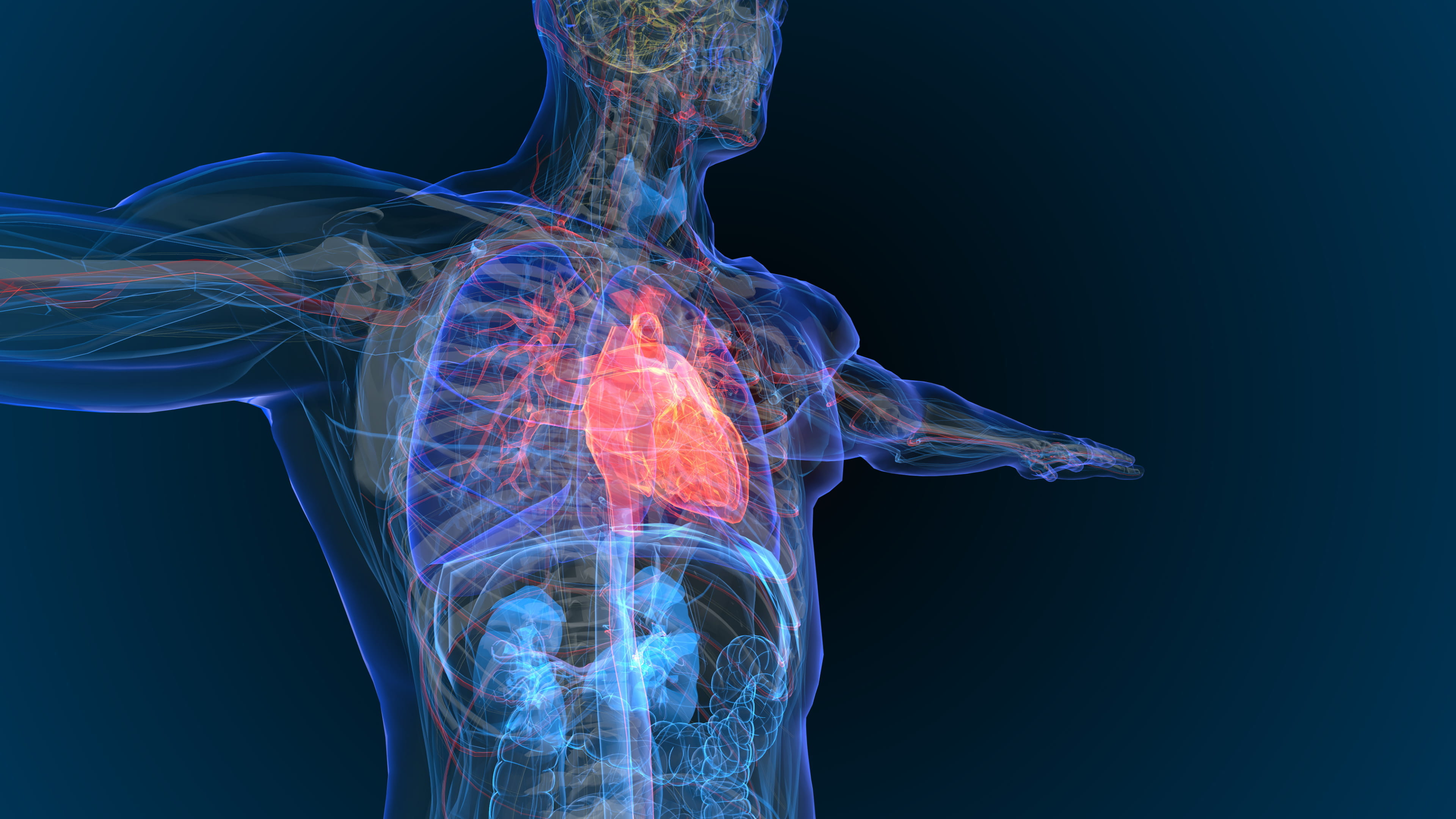The Krannert Cardiovascular Research Center endeavors to tackle cardiovascular disease through radical innovative research with the goal to ultimately remove heart disease as the leading cause of death. Our mission is to bring forth cutting edge diagnostic technologies and therapeutics via interdisciplinary research that will change the current paradigm of how we manage heart disease in Indiana and beyond.

Our science is bold, novel and translational
The Krannert Cardiovascular Research Center (KCVRC) at Indiana University School of Medicine integrates physics and engineering, chemical and biological sciences and clinical research to discover, design, develop and deploy the next generation of diagnostic technologies, devices and targeted therapies to meet the critical needs of cardiovascular health. Our investigators explore new methods and radical concepts to counter cardiovascular disease before it starts—and as it progresses—with tools and technologies to detect, quantify and mitigate disease.
KCVRC works closely with cardiovascular clinicians at IU Health. This framework allows researchers and clinicians to foster collaboration across the IU School of Medicine and the health system, enabling us to advance research, education, training and clinical care. These synergies make KCVRC a fertile ground for globally recognized innovations that advance cardiovascular care.
“Our goals are to advance cardiovascular care in the hospital system and in the clinical space; train the next generation of scientists and engineers in cardiovascular medicine; and to foster strong partnerships with industry and start-up companies from the technologies that we develop,” said Rohan Dharmakumar, PhD, Executive Director of the Krannert Cardiovascular Research Center.
By incorporating advances in imaging, omics and informatics/artificial intelligence, we aspire to uncover key molecular mechanisms to understand cardiovascular disease and drive basic, translational and clinical aspects of research. We are particularly passionate and committed to translating our discoveries toward advancing clinical care. To this end, one of our key strengths is translating our basic science discoveries by testing them through model systems and clinical trials and working to establish paradigm shifting clinical care.
Our pathway to translational research
KCVRC investigators are committed to enriching and saving lives of patients impacted by cardiovascular disease through four interconnected steps:
Discover
- Develop an in-depth understanding of cardiovascular physiology, investigate disease onset and progression using cutting edge technologies
- Establish the defects in molecular and cellular processes that trigger cardiovascular disease processes using in vitro and in vivo systems
- Lead innovative clinical trials, including first-in-human trials to establish new paradigms in cardiovascular care
These discoveries have and continue to fuel the sustained growth of research at KCVRC through extramural funding from National Institutes of Health, private foundations and national associations.
Design
- Design and test the next generation of drug therapies, interventional tools, algorithms and advanced imaging approaches to prevent or mitigate disease progression
Develop
- Collaborate with commercial entities to jointly develop materials, methods and tools that better detect and target cardiovascular disease
- Cultivate intellectual property, technology transfer and new startups
Deploy
- Work with industry partners to translate our science and training initiatives to accelerate the delivery of new technologies and novel therapies, to markedly advance patient management
- Deploy technologies such as imaging techniques methods, point-of-care tools, algorithms or therapeutics, into the hands of end users, to enhance prevention and block disease progression